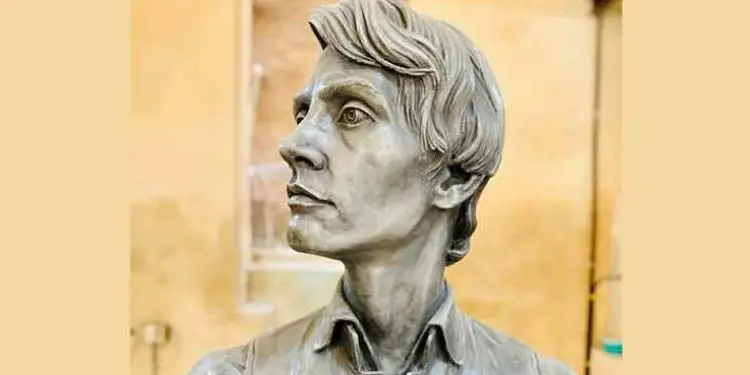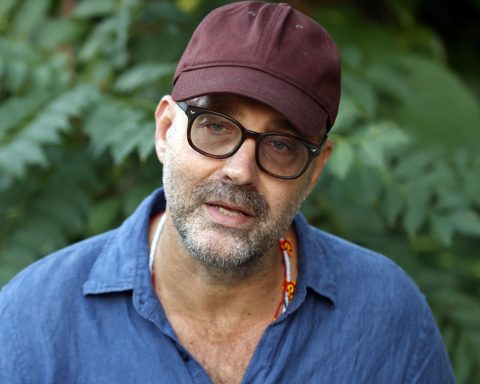MIAMI, United States. – In the last decade, the figure of Enrique(ta) Faber, the first woman to practice medicine in Cuba in cross-dressing, has been claimed by activists and researchers. In addition to the homage that the film implies insubmissiveof Fernando Perez and Laura Cazador, in Havana a life-size sculpture of the Swiss doctor was erected.
This last work, produced by the hand of the sculptor José Villa Soberón, was located in 2020 in the Alameda de Paula, the last place where Faber practiced medicine on the Island.
The life-size piece, worked in bronze and with an almost moving pose, was financed by the Swiss Embassy in Cuba and promoted by Olivier Praz, Lorenzo Suárez and the writer Julio César González-Pagés, author of the book For walking dressed as a man.
Since there are no images of Faber, the sculpture is an interpretation by Villa Soberón, National Award for Plastic Arts in 2008 and author of other sculptures, such as the musician Benny Moré, the writer Ernest Hemingway, the dancer Alicia Alonso and the musician John Lennon, among others.
A year later, Villa Soberón himself and the sculptor Gabriel Cisneros, created several replicas of the sculpture which were sent to Lausanne and Geneva, in Switzerland, Faber’s native country. Meanwhile, it was announced that another sculptural interpretation of the doctor would be installed in the municipality of Baracoa, where she lived, married and practiced medicine.
Faber has claimed to be a precursor of the feminist movement in Cuba; a transgressive woman who did not repress her desire to practice medicine or to love another woman (Juana de León, from Baracoa, with whom she married dressed as a man).
Enriqueta Faber was born in Lausanne, Canton of Vaud, Switzerland, in 1791. Her mortal remains, which remained in a New Orleans cemetery, disappeared in 2005, due to the strong impact of Hurricane Katrina in that area.
Until the location of the sculpture in Havana, in Cuba there was not even a plaque that commemorated the Swiss doctor.

















